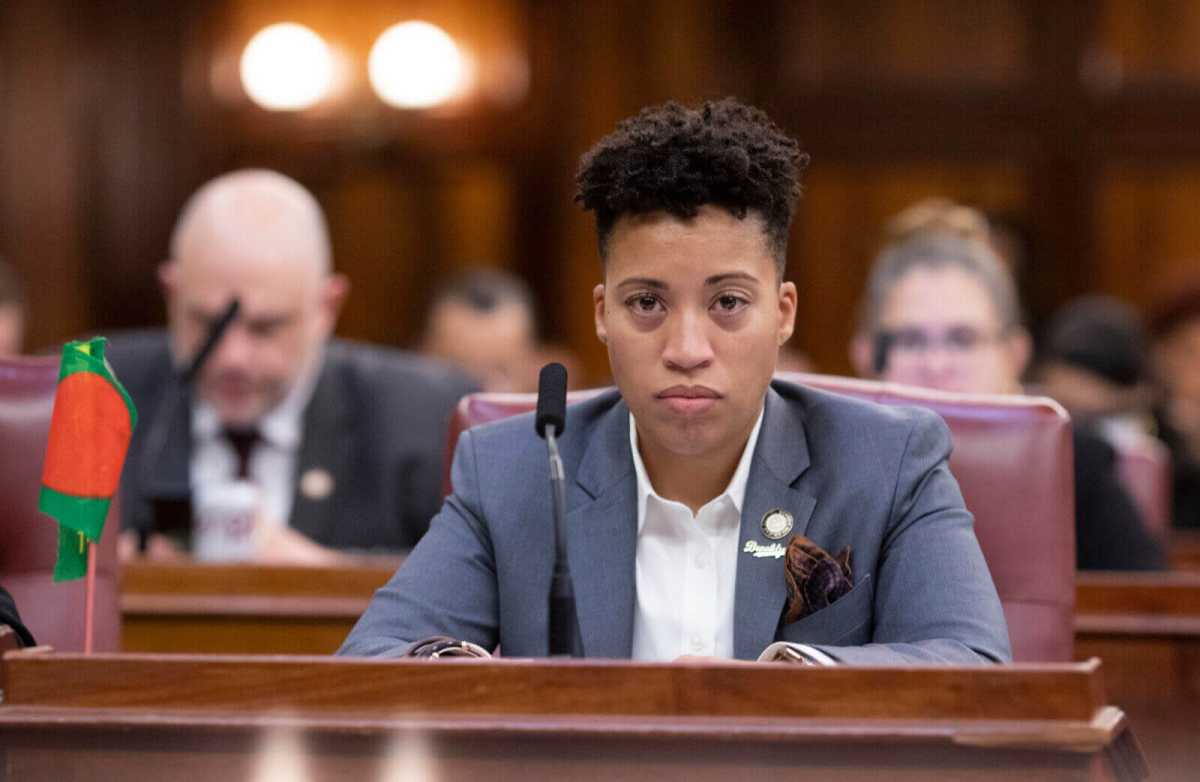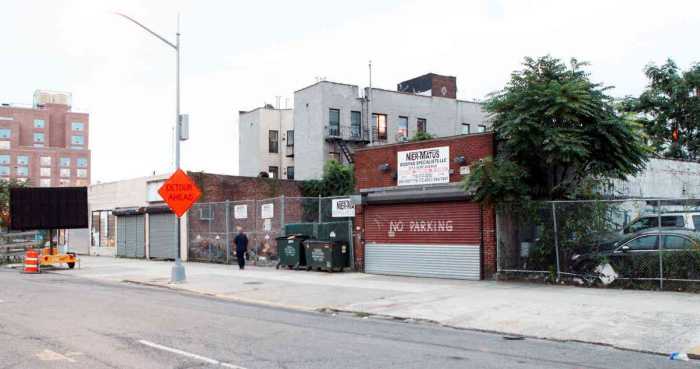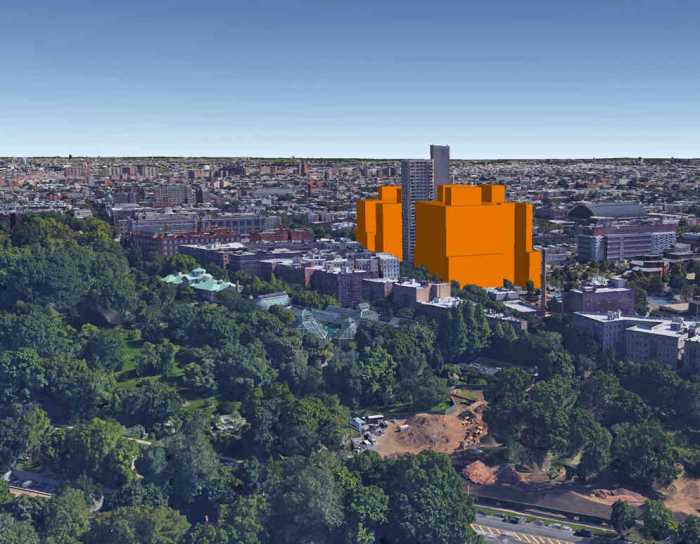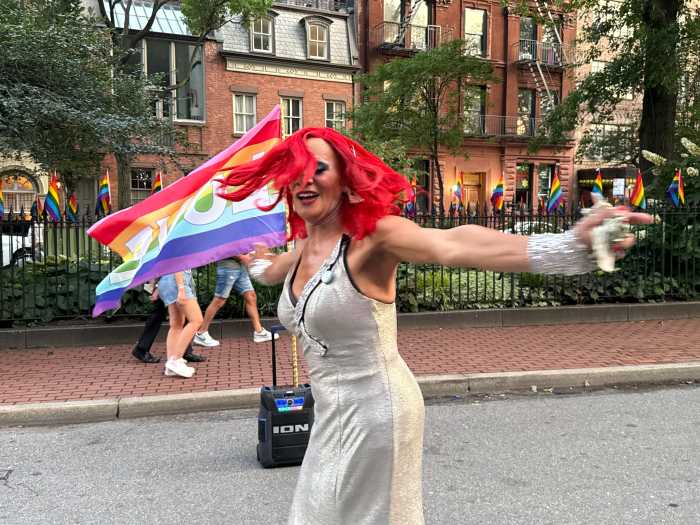Crystal’s Corner is a monthly column written by New York City Council Member Crystal Hudson (District 35,) Chair of the Committee on Aging.
Take a moment to imagine yourself standing in the middle of Downtown Brooklyn or Williamsburg or Prospect Heights. Look around. The overbearing luxury glass towers – residential, commercial, or both — beaming into the skyline, likely make up part of what you see. Ten, twenty years ago, these buildings weren’t there. Their blueprints likely didn’t even exist.
Yet, their ubiquitous presence today has undoubtedly reshaped entire neighborhoods and, in most cases, offered the communities in which they were built very little in return. So, how did we get to the point where huge projects spring up quicker than we’re able to keep track of them? And why do our communities play only a cursory role in the decision-making process, if they get the chance to participate at all?
The answer: New York City’s Universal Land Use Review Procedure (or ULURP). The existing land use decision-making process is less concerned with engaging everyday New Yorkers in shaping their own neighborhoods than it is with encouraging massive one-off developments and empowering the most zealous of real estate developers, lobbyists, and speculators. In turn, our communities are transformed — without us. Long-term low-income and working class Black and brown residents see neighborhood staples like grocery stores and barber shops shutter their doors, replaced by high-end boutiques. And our neighborhoods are left with unaffordable and often unsightly luxury apartment buildings while public infrastructure remains untouched and incapable of adequately accommodating large influxes of new residents. It’s no wonder then that communities are left feeling weary and suspicious of all future development.
ULURP works for developers, but it wholly fails the average New Yorker. It jeopardizes the wellbeing of our poor and working class, Black and brown neighborhoods, and it stifles the production of sorely needed affordable housing at a moment when half of the city’s households cannot afford to live in the city they call home, and thousands of Black families are forced to leave the communities where they were raised.
We have to overhaul ULURP as we know it and shift how we approach land use altogether. We have to empower our communities to establish living, breathing, comprehensive frameworks for developers to follow that plainly spell out our communities’ vision for new development. This is a tangible reform that would provide us with a “sober look at local challenges.” It moves us away from a process that privileges developers’ aspirations to turn a quick profit, and pushes us toward one that takes stock of a community’s needs––everything from streetscape and open space to infrastructure, housing, and economic development. Think of it like participatory budgeting, but for land use.
This isn’t a particularly novel idea. People have been advocating for comprehensive planning for a long time. Nearly every major city in the world has a forward-looking comprehensive plan. New York is the exception. However, across the 35th District — which encompasses the neighborhoods of Prospect Heights, Fort Greene, Clinton Hill, and parts of Crown Heights and Bed-Stuy––we’re leading the charge in establishing the first community-led framework for development in the city. Together, with support from Hester Street — an urban planning, design, and community development nonprofit — we’ve launched a community survey and are executing an engagement strategy to create this first-of-a-kind rubric to help guide all future local development. Our intention is to set the tone for the entire city: When our communities drive the development process, they’ll plan with intention. They’ll identify their own needs, encouraging developers to proactively address them and streamline the entire land use process.
Whether our city should build more isn’t a question. The housing and affordability crises are dire and our communities are suffering. Though, simply becoming a “city of yes” may just undermine the very stated goal of creating a healthier and more affordable city for all New Yorkers.
ULURP was created to prevent Robert Moses’ neighborhood-razing projects throughout entire swaths of our city. It was a reform aimed at bolstering community participation. Yet, with time, it became convoluted and inaccessible. We owe it to our neighbors to revamp the land use decision-making process and allow them to set the terms for development in the communities they have helped nurture.
To fill out the D35 Land Use Survey, click here. To stay informed about our next community engagement meeting on Saturday, May 13th, you can sign up to receive our weekly e-newsletter or follow us on social media @CMCrystalHudson on all platforms.
























